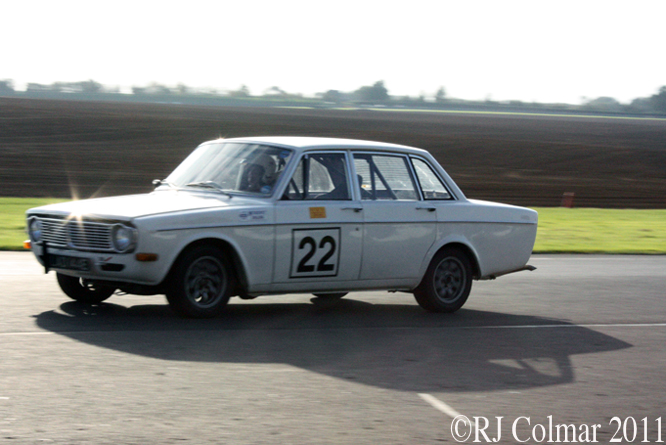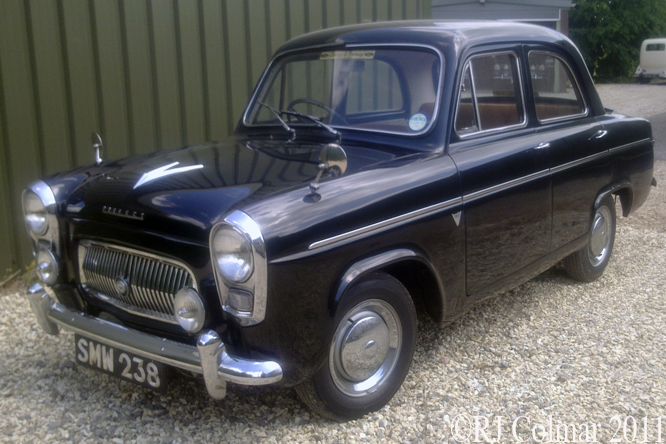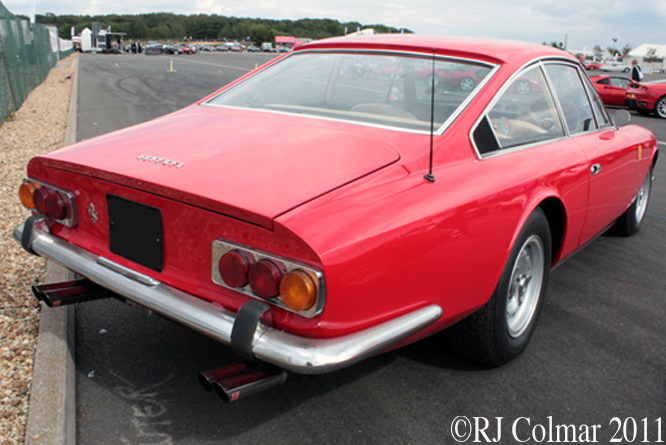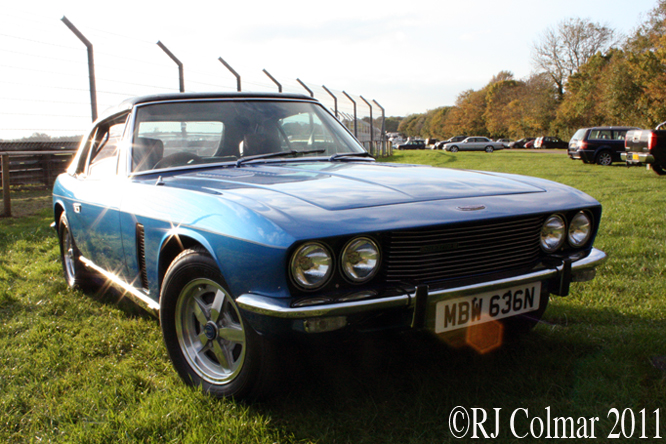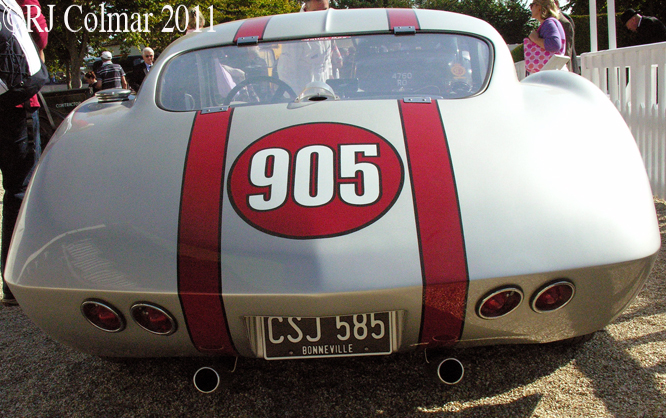For Ferrari Friday GALPOT continues yesterdays perusal of vehicles on display at the Niello Serrano Concours thanks to Geoffrey Hortons photographs.

First up a Ferrari 250 GT/E 2+2's, one these models was Enzo Ferrari's daily driver, early GALPOT readers may remember such a vehicle appearing in a previous blog, albeit modified into a replica
250 GT SWB Competizione.

More exclusive, one of just 200 models built between 1965 and 1968, is this Ferrari 275 GTS powered by a 3.3 litre / 201 cui V12.

The V6
Ferrari Dino had been in production for two years and two distinct series from 1969 to 1971 before the first Series III Dino's were manufactured for the US market, this is one of 1,431 Series III Dinos produced between 1971 and 1974.

Manufactured between 1971 and 1972 the Ferrari 365 GTC/4 is a 2+2. One of the 500 examples produced appeared in the 1977 film
Herbie Goes To Monte Carlo alongside several other Ferraris including a slightly more powerful 365 GTB/4 Daytona with which the GTC/4 shares a common chassis.

Representing Maranello's prancing black horse for the 1980's at Niello Serrano was this
Ferrari 328 GTS of which some 7400 were manufactured between 1985 and 1989.

Ferrari returned to manufacturing motor cars with the engine in front of the driver in 1996 with the beefy 550. With a boot / trunk large enough to carry a set of golf clubs the
Ferrari 550 was turned into a handy racer at Le Mans by the likes of
Prodrive.

Twentieth model in Ferraris catalogue of street legal exotics is the
Ferrari 360 a model produced from 1999 - 2005 which you may remember from an earlier blog was made available with an optional Tubi Style exhaust to provide extra horsepower and amplify the sound.

With a 200 mph top speed the
Ferrari F430 that replaced the 360 in 2004 arguably had no need of gimmicks like optional Tubi Style exhausts. It looks good, sounds good and goes fast, pretty much everything one could want from a Ferrari except of course it's replacement the F458 Italia.
My thanks to Geoffrey Horton for sharing the delights of the California Concours season with us at GALPOT, I look forward to seeing what motoring delights he will find next year.
Thanks for joining me for Ferrari Friday, I hope you will join me again tomorrow when I'll be looking at an innovative Lotus with a body designed by Peter Kirwan-Taylor. Don't forget to
come back now !
Post Script, this will be the last Ferrari Friday post coming from the Blogger site that I have been using for the last year, from Monday I shall be publishing from the dedicated
GALPOT site and I'll be posting a weekly digest on this site for the foreseeable future. If you have been keeping in touch with this blog via Facebook you have no need to worry I'll be posting links to FB as usual.
For the forseeable future no posts will be removed from this site and all of the posts on this site will be available on the new
GALPOT site.
I hope you will all find the transition to the stand alone
GALPOT site a smooth one, one of the advantages of the new site will be that you will only have to sign in once to leave comments, if you have any questions or comments please do not hesitate to e-mail me the address is at the bottom of this page and in my Blogger Contact details.
Thanks to every one on all five continents that have made GALPOT such an unexpected success. I look forward to making this transition and look forward to hearing your candid comments.
